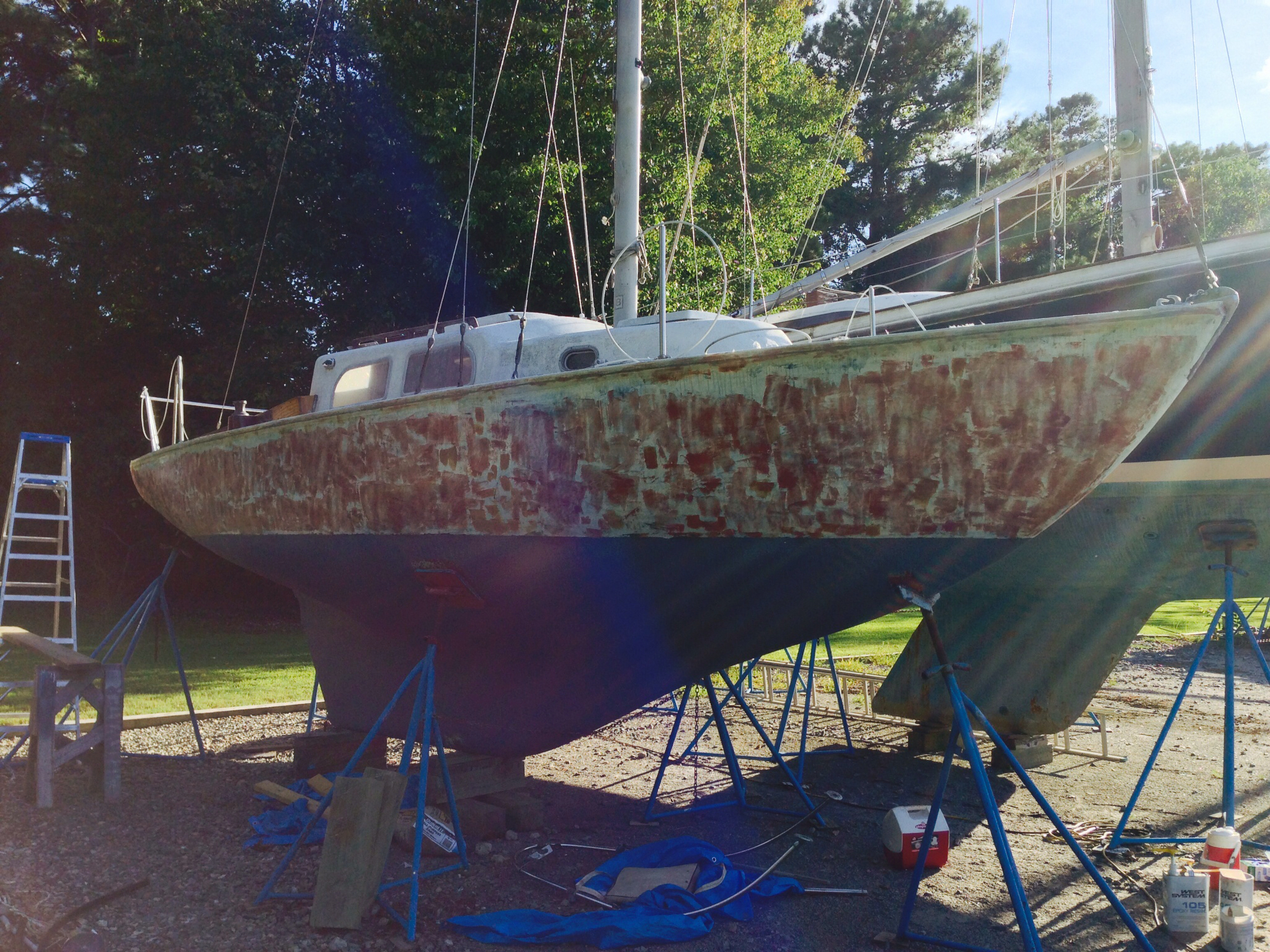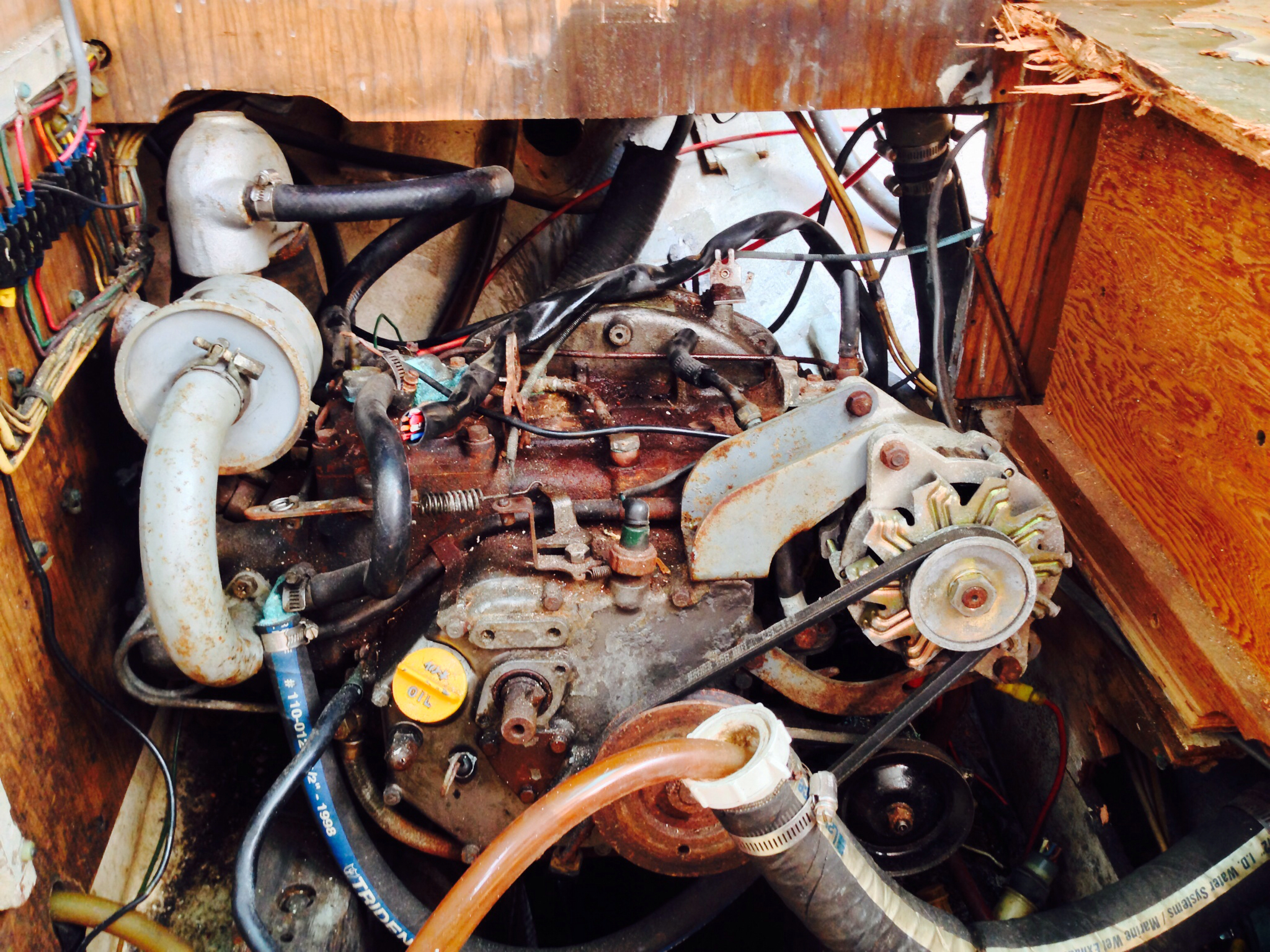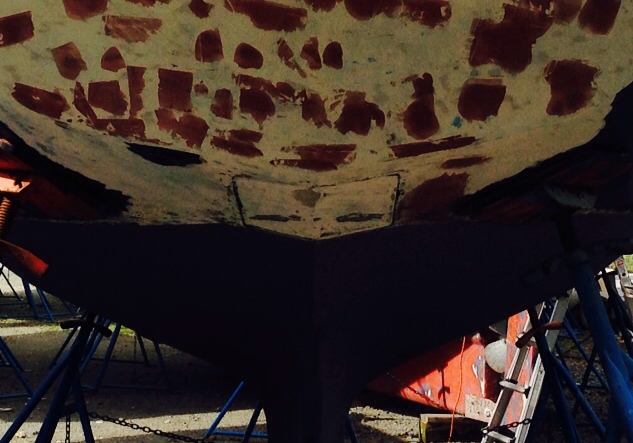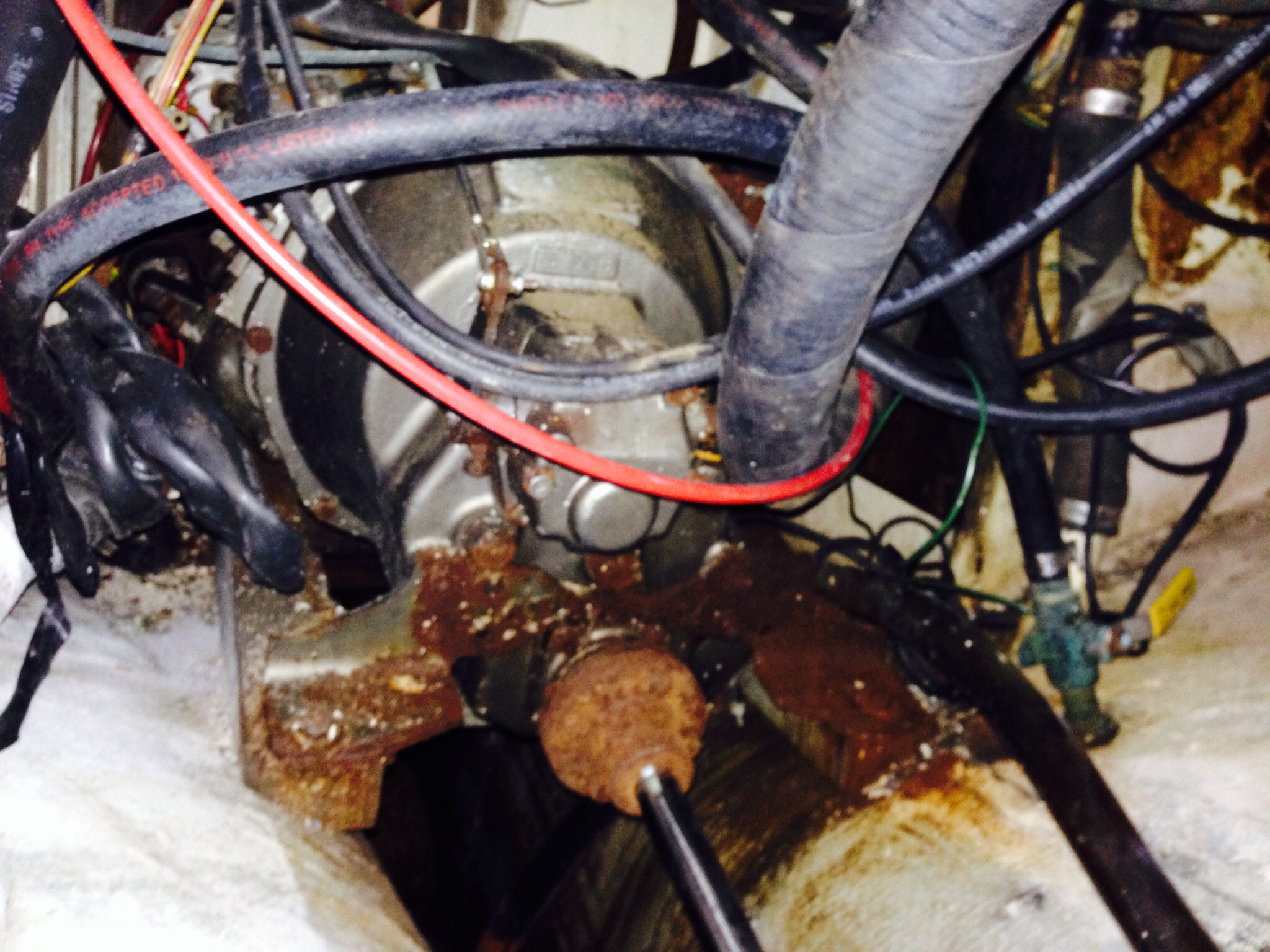Hello! Ryan here.
My husband has been working so hard this summer, usually more than 40 hours per week, 6 days a week. And that’s just at his job; that doesn’t count the hours he’s been putting in working on the sailboat (I think he may have managed to get 15 hours in at the boat this past week!). He usually works Monday- Saturday, so I spend most of my Saturdays by myself. I go for a run, putter around the house, watch bad TV, do household chores, and bake bread.
So, when Chris told me he had this past Saturday off work, I was very excited. I’ve been feeling sort of wanderlusty lately, and I decided I wanted to go on an adventure of sorts.
It didn’t take much persuading to get Chris to agree to spend the day exploring Tangier Island with me.
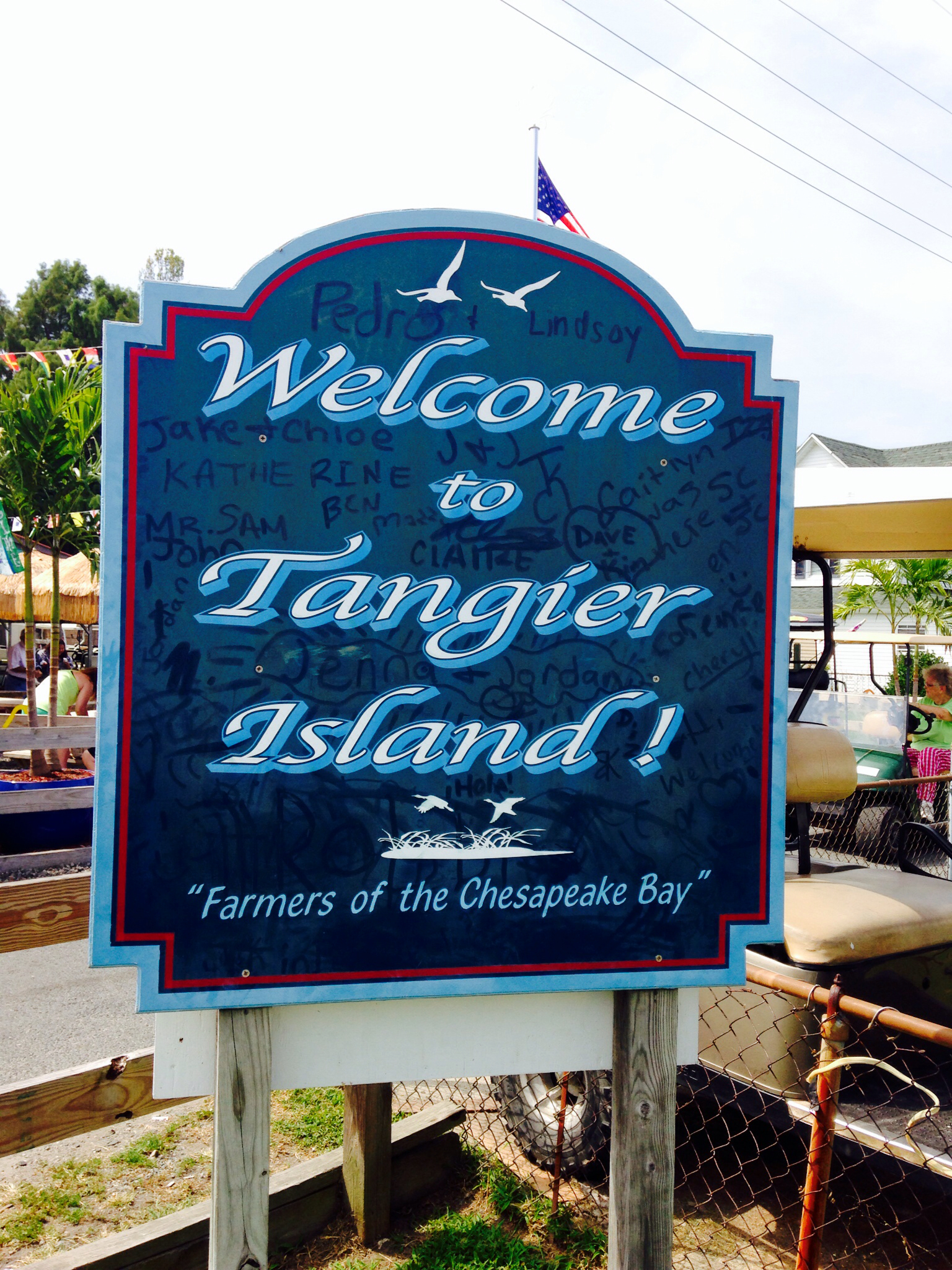
Tangier is pretty much smack-dab in the middle of the Chesapeake Bay, halfway between the Western and Eastern Shores. It is only accessible by boat or plane. The island’s residents (500 of them) make their livings mostly from catching and shedding blue crabs. The island has very few cars; most people use boats, golf carts and bicycles as their primary means of transportation.
On Saturday, we got up early, had breakfast, and then set out for Reedville, VA to hop on a ferry to Tangier Island.
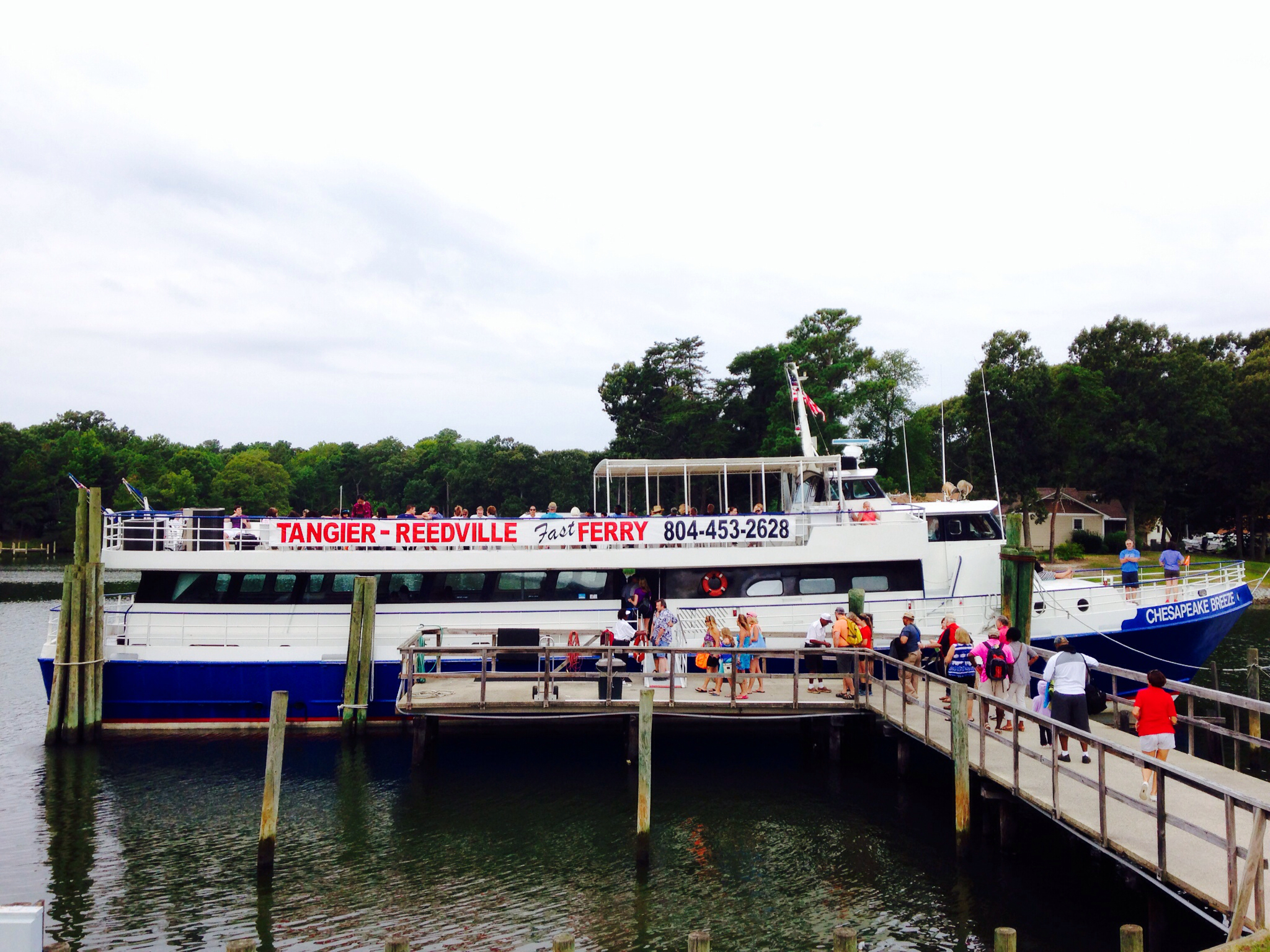
The ferry ride was close to an hour-and-a-half. We both stood out on the bow for the entire trip out. The morning was gorgeous. It was a little overcast and the wind was cool, and sailboats dotted the horizon. The bay is so big, and I couldn’t help but think of the people exploring it in canoes and wooden ships hundreds of years ago; they must have been very brave.
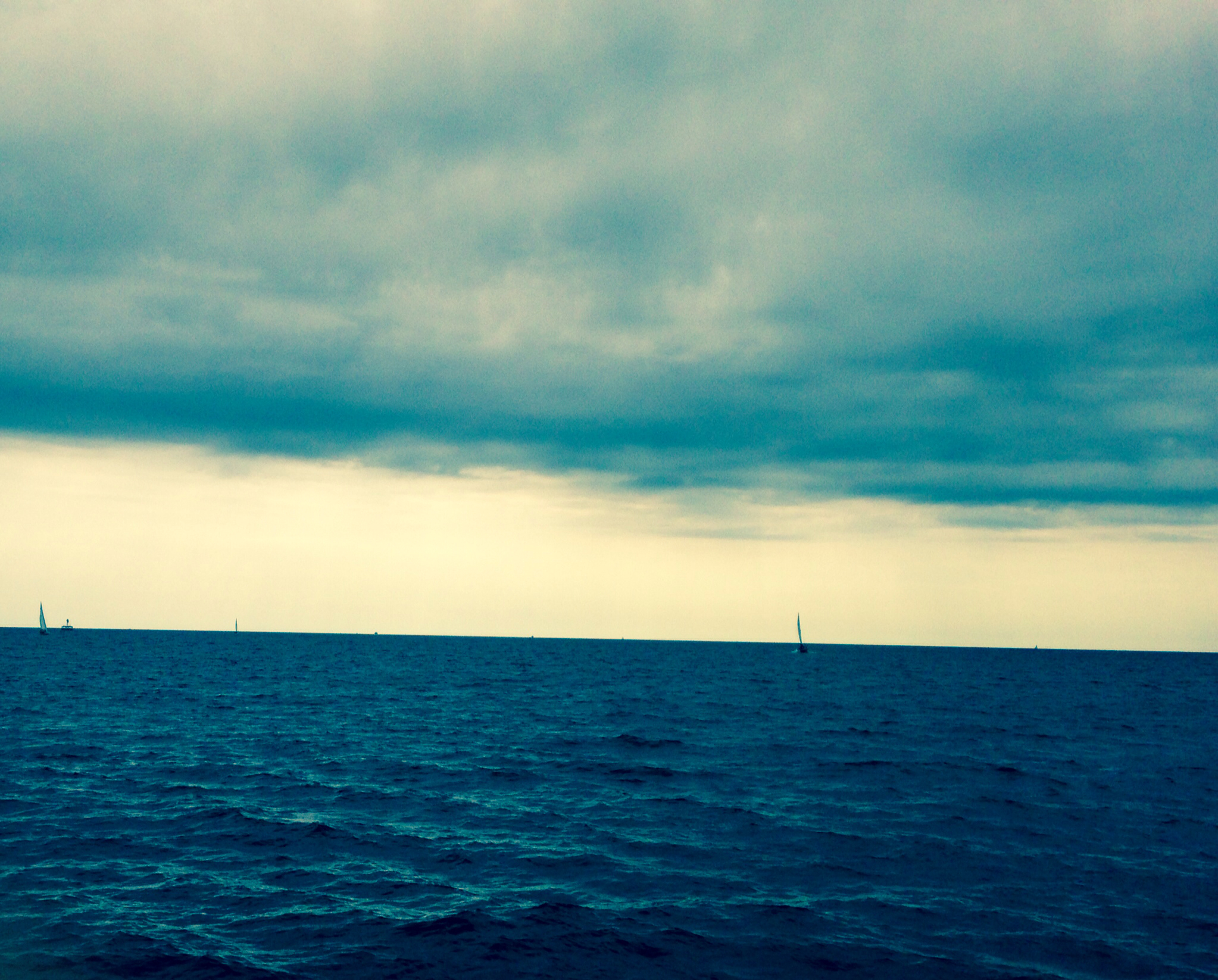

Chris spotted the island before I did; his eyes are much better than mine.
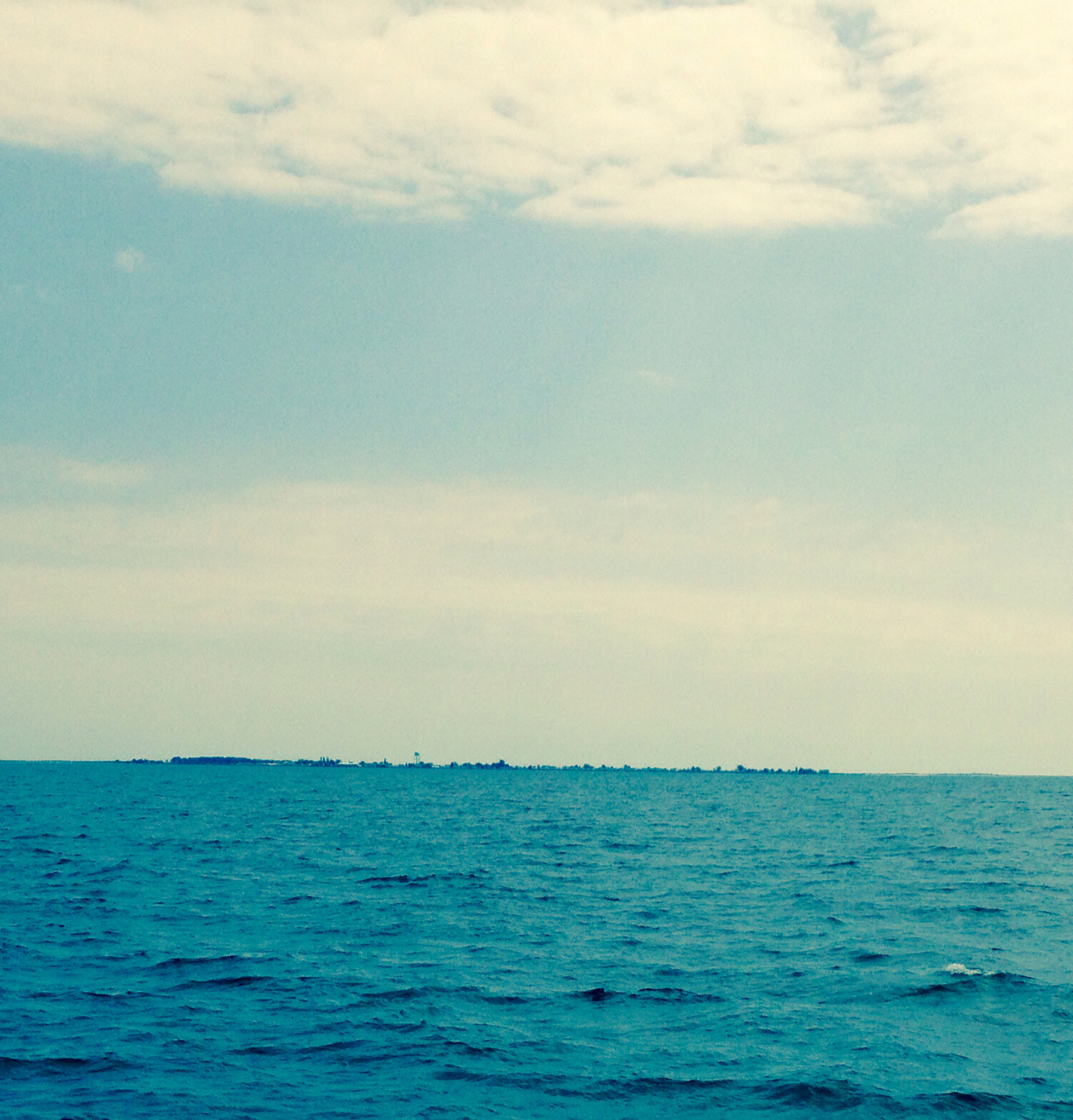
The ferry slowed down as we pulled up (or in?) to the island. There were crabbing and fishing boats on either side of us, many pulled right up to crab shedding houses.

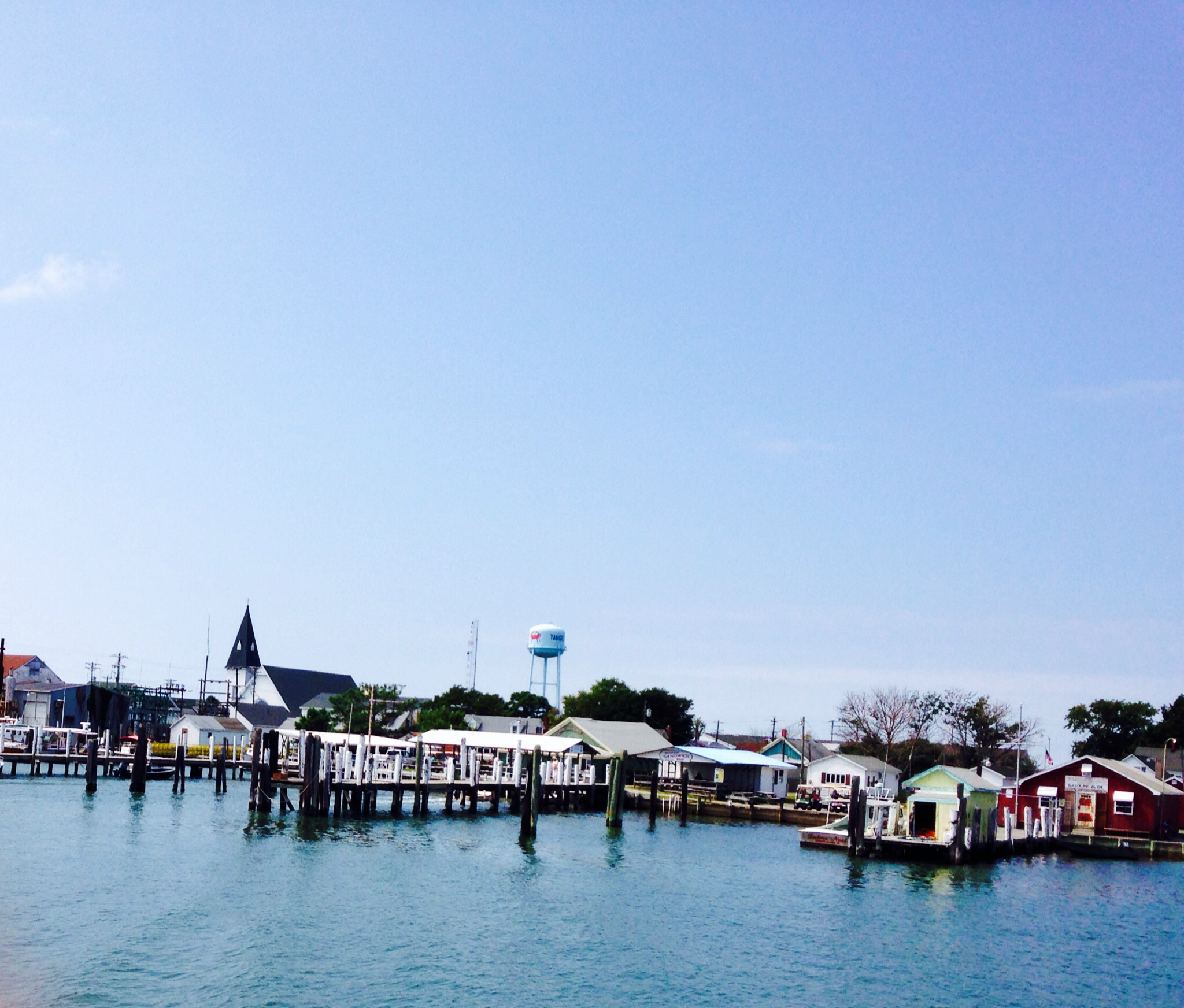
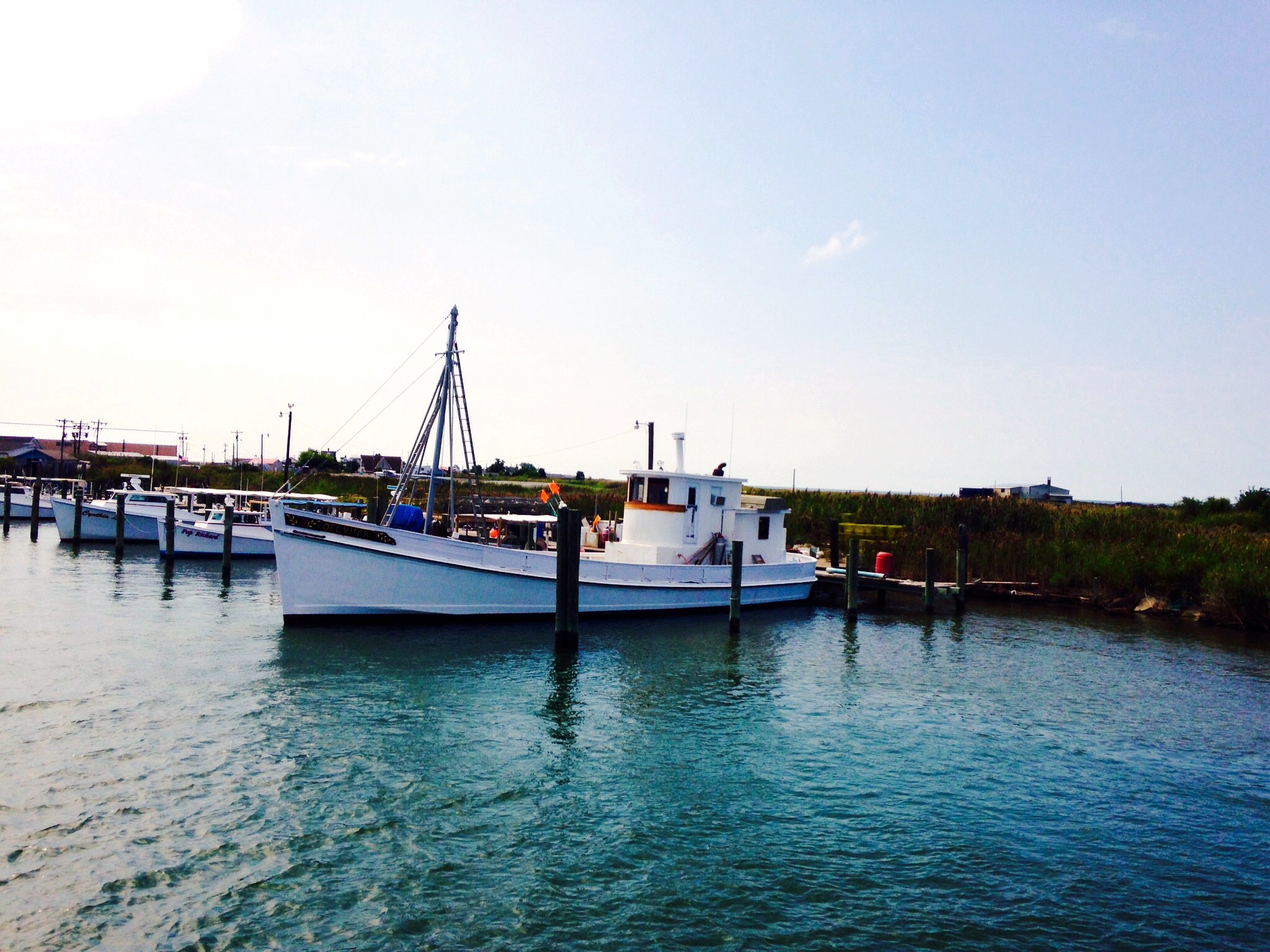
As we walked down the gangplank, many of the island’s residents swooped in with fliers for their restaurants and other businesses. We had worked up quite a hunger, and decided on a restaurant called Fisherman’s Corner. I had a wonderful crabcake sandwich, and Chris had the Seafood Medley- a plate filled with oysters, clams, a crabcake, fried softshell crab, etc. I’m not sure I’ve ever seen him eat so fast.

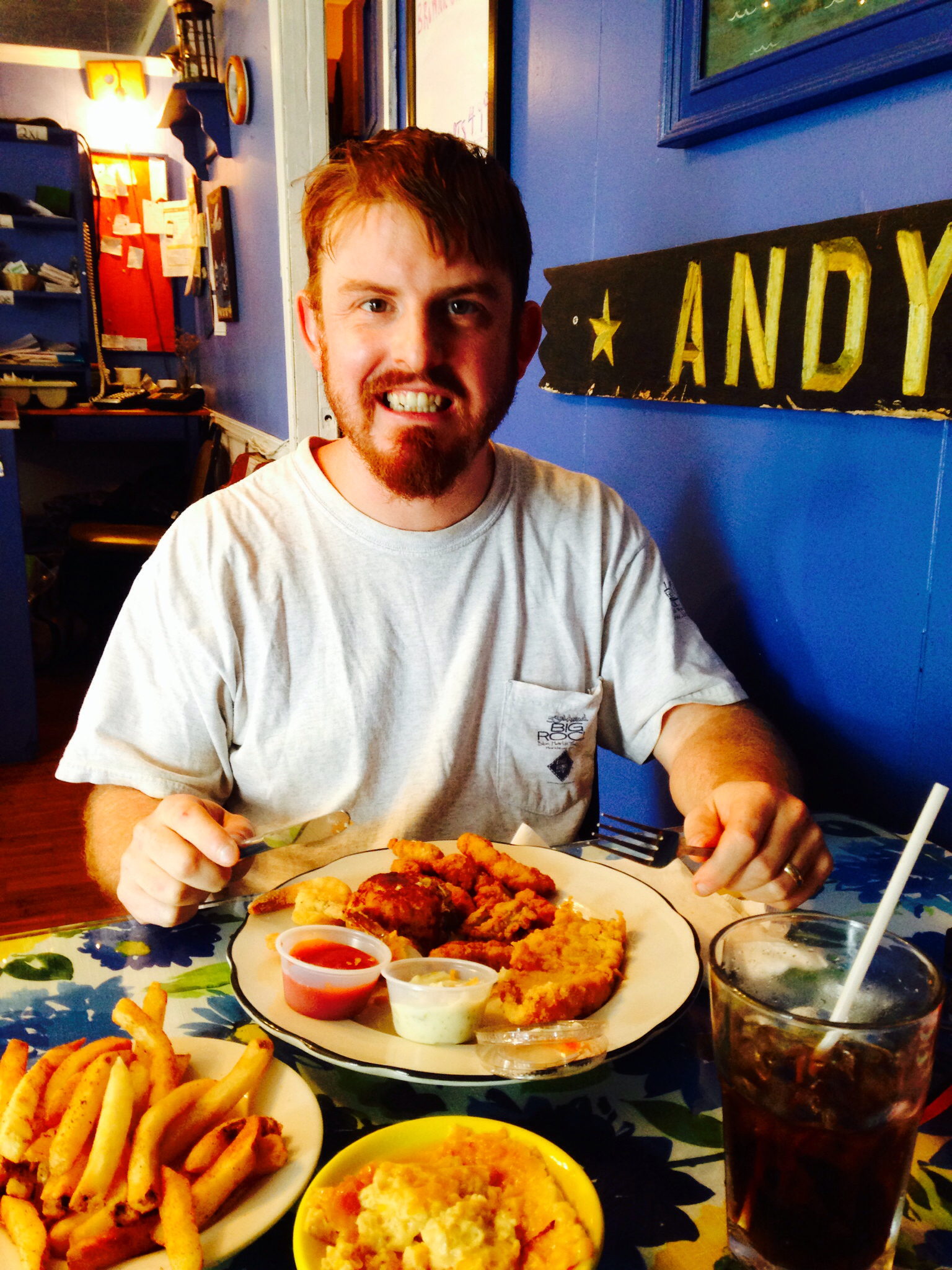

Then, we rented a bike.

Our trusty steed.
Neither of us had ever ridden a bicycle-built-for-two, and we thought it would be fun to see the island on wheels. We had a couple rocky starts, and nearly got run down by several golf carts, but we were able to cover pretty much every inch of the island together. I think my favorite part of the day was when Chris took selfies of us while we were pedaling down a tiny street. He also managed to get some great photos of the island as we rode.
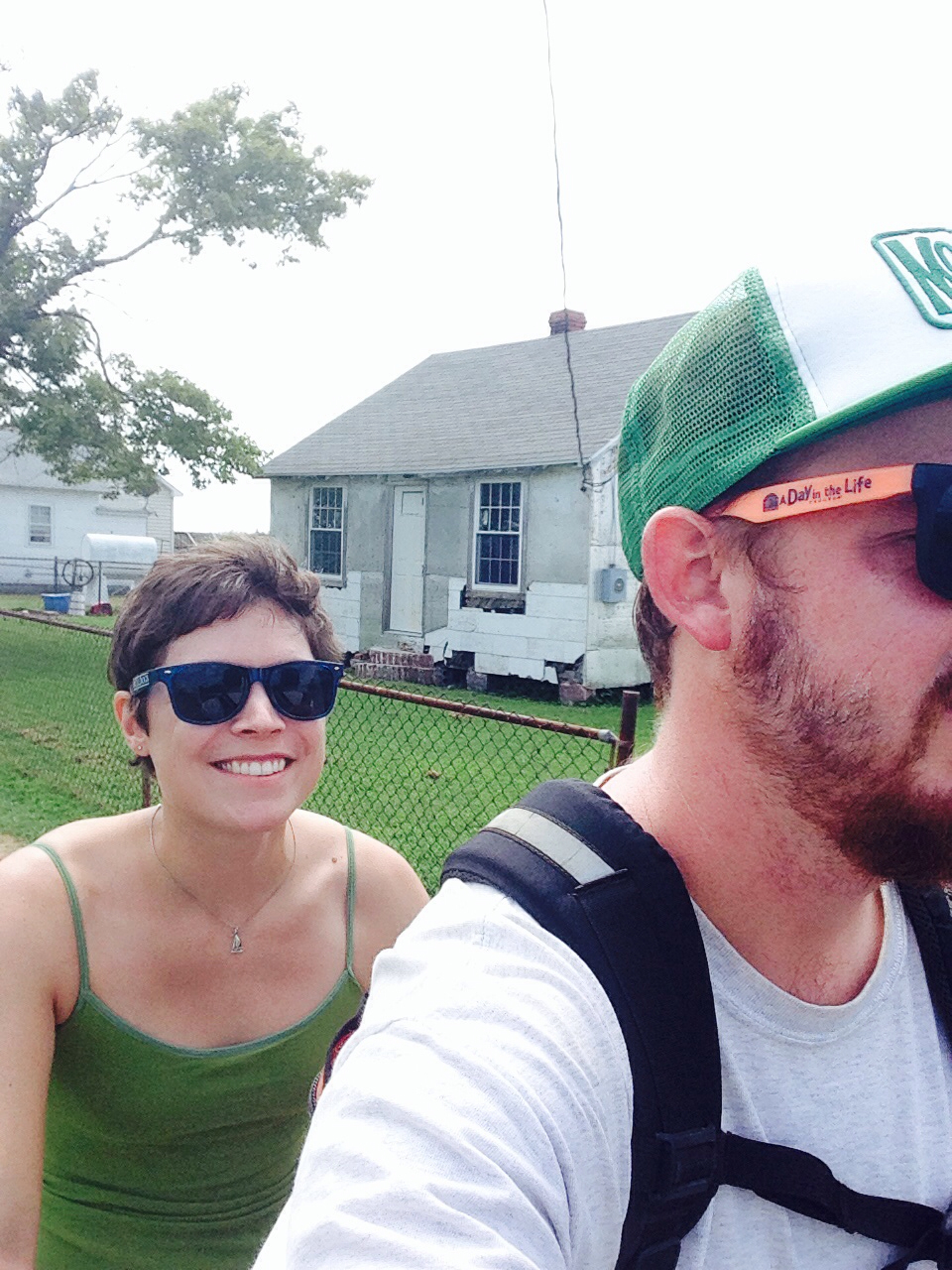
Oh hai!

#tandemselfie
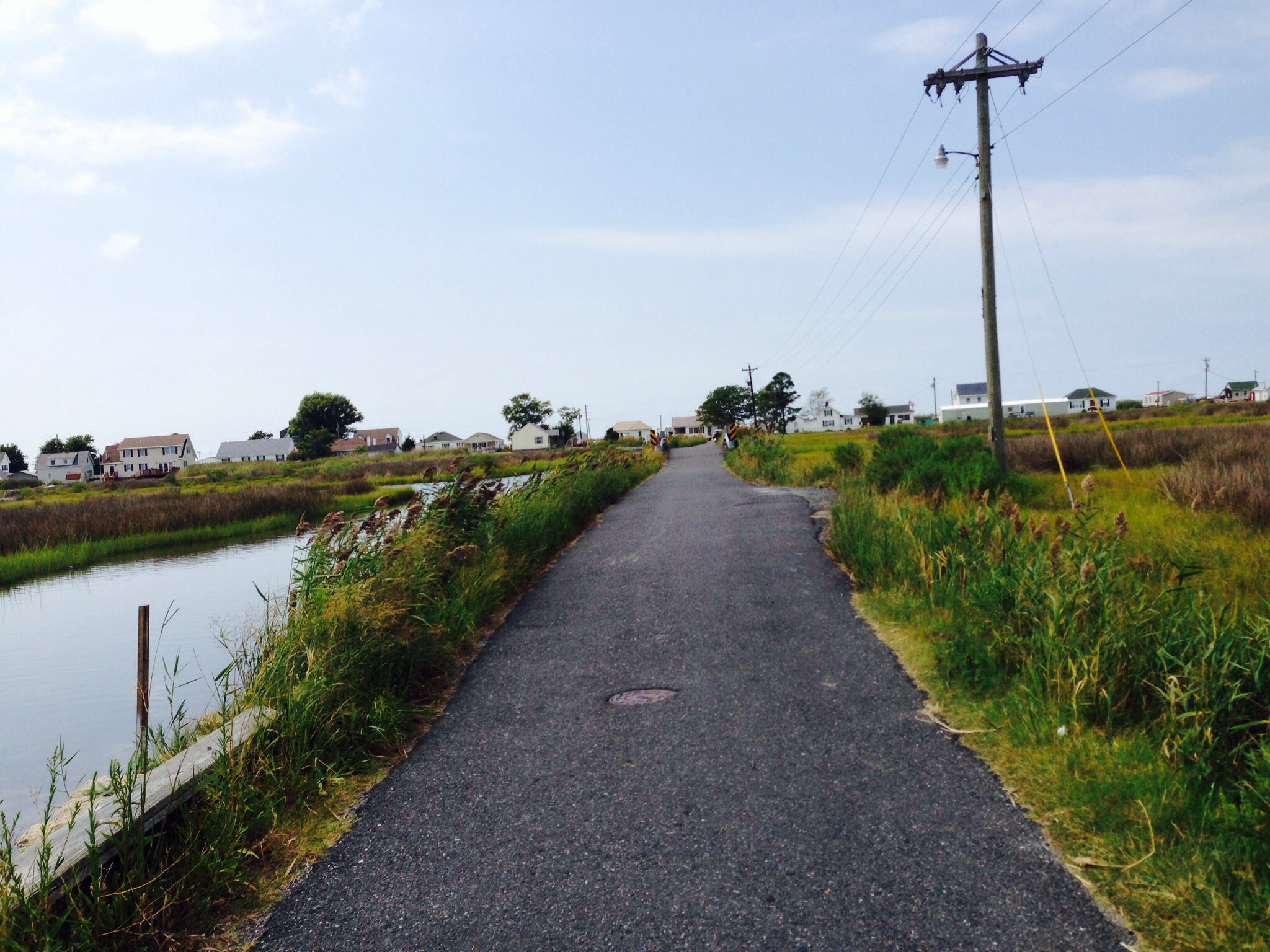

We visited the Tangier Island museum, where Chris found Bubba.
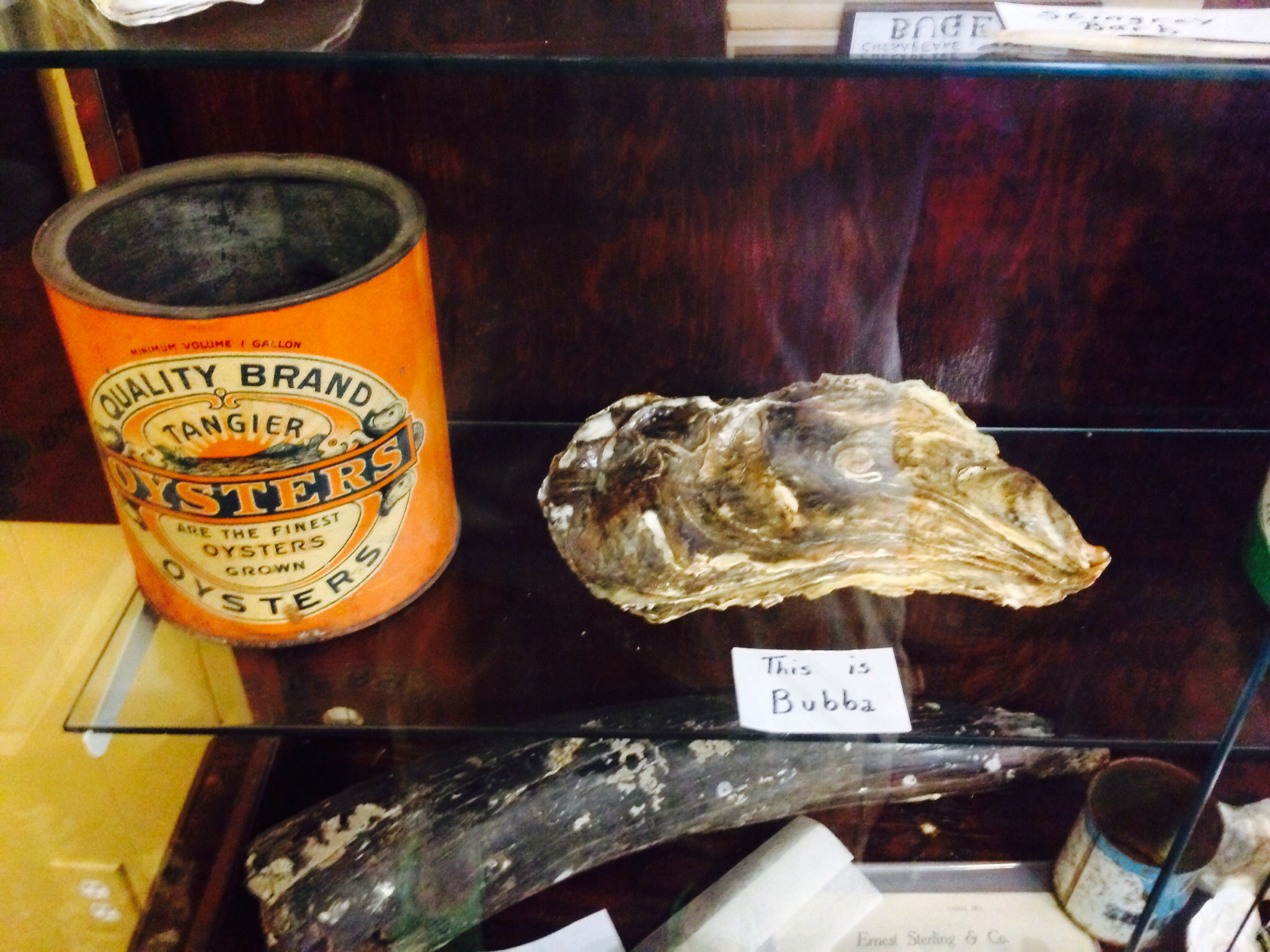
Now, it’s hard to tell in the photo how big Bubba is, but that can next to him is the size of a paint can, for reference. Bubba was one big booger.
We rode around a little more, and then it was back onto the ferry. We sat in the shade on the way back, and Chris took a nap while I just watched the water go by and enjoyed the cool breeze. I felt truly relaxed.
I’m not sure I could come up with a list of adjectives that adequately describe my impression of Tangier. It’s beautiful but strange. I’m glad we went.
I also think I just felt very grateful to have a day with my husband out on the beautiful Chesapeake Bay, which is practically in our backyard. We don’t take enough advantage of living where we do.

Hopefully, once the sailboat is back in the water, that will change.
